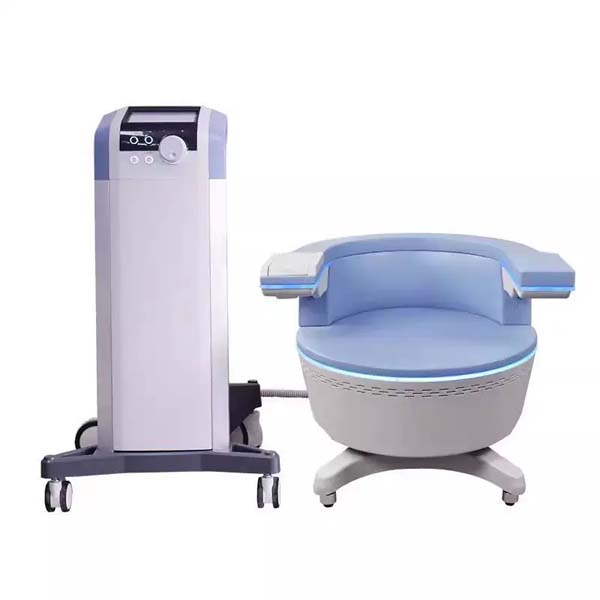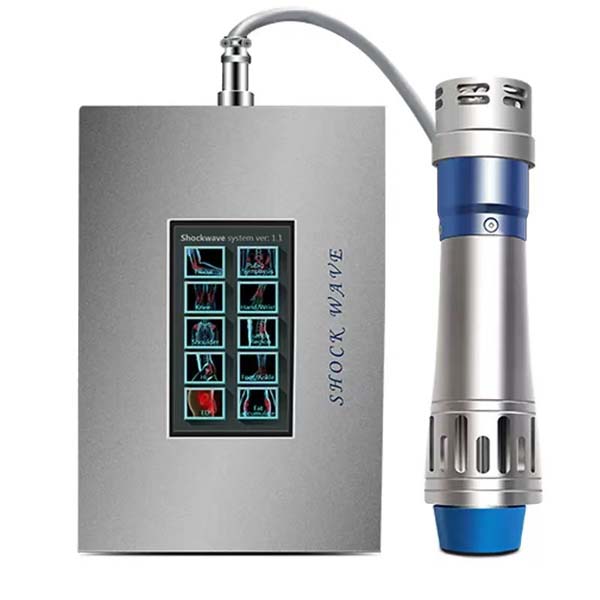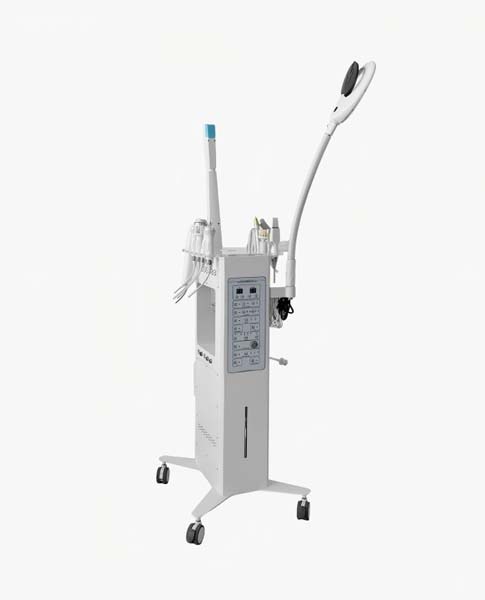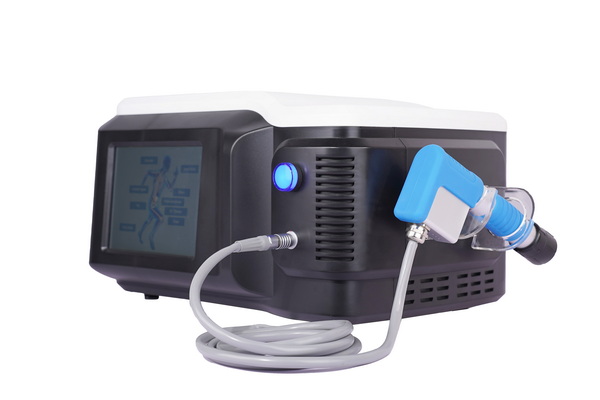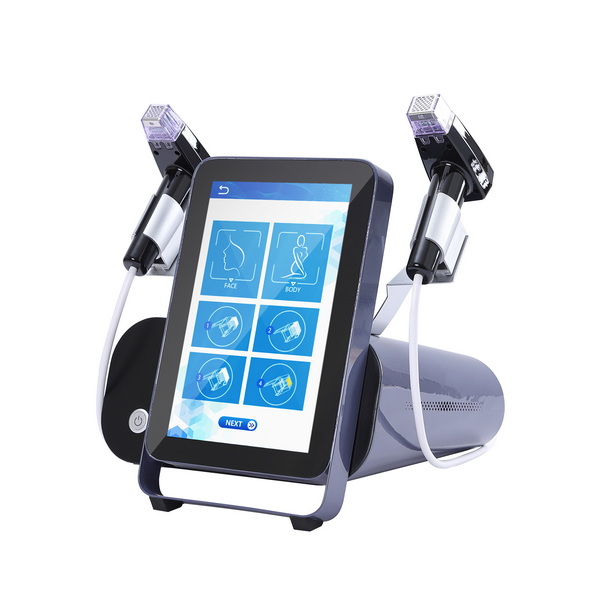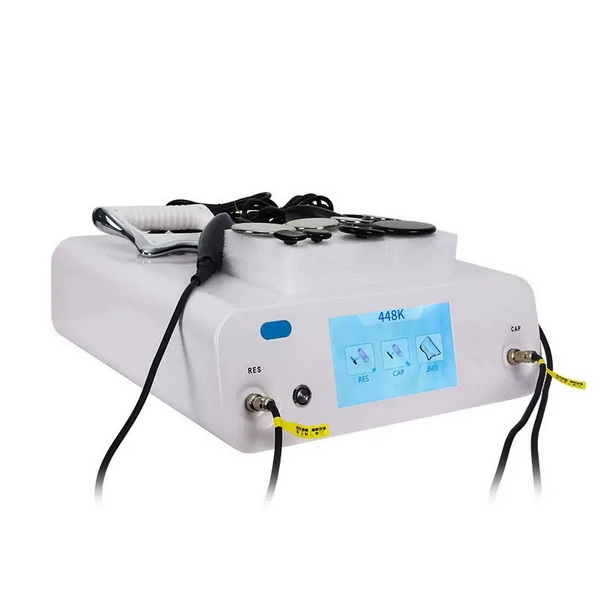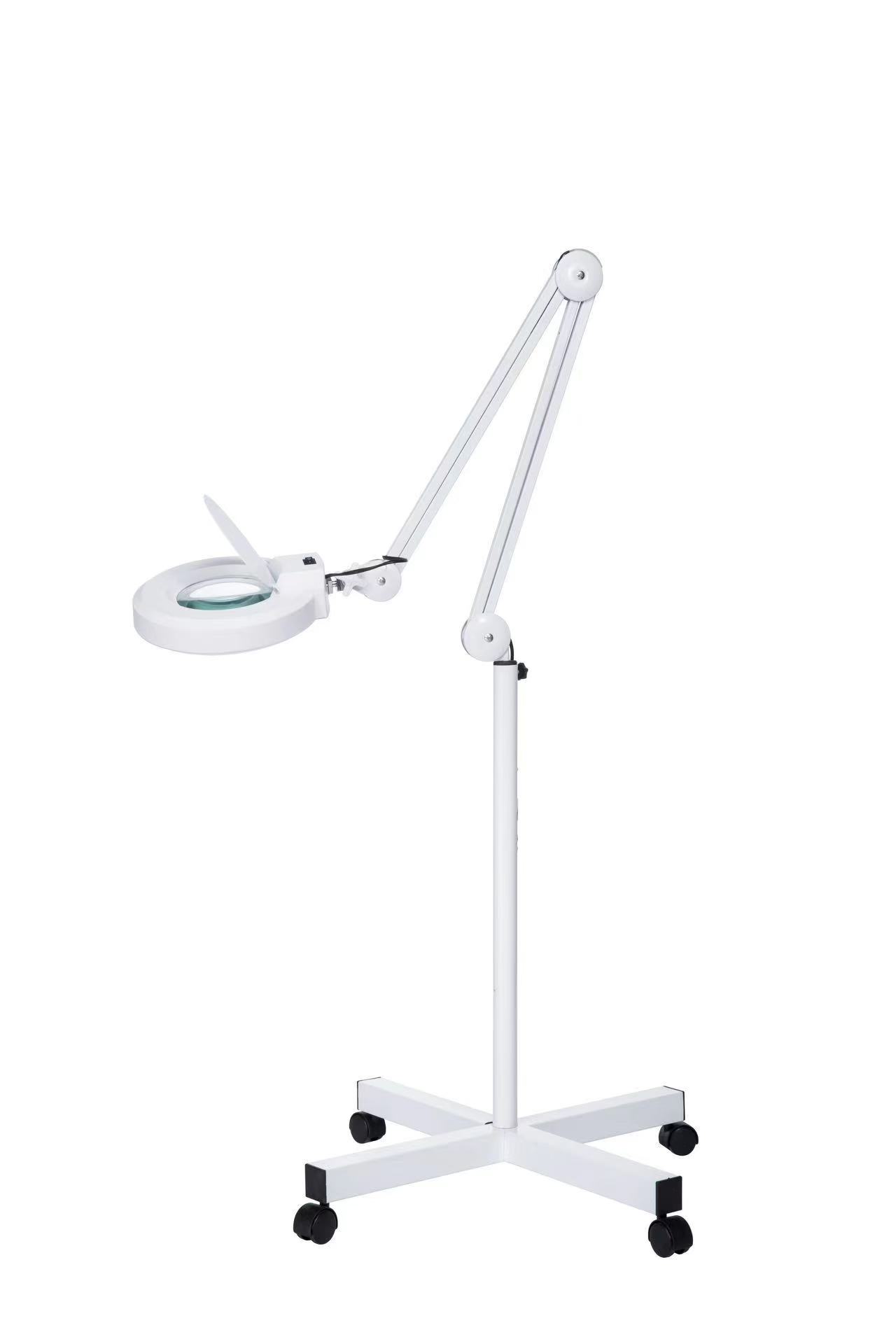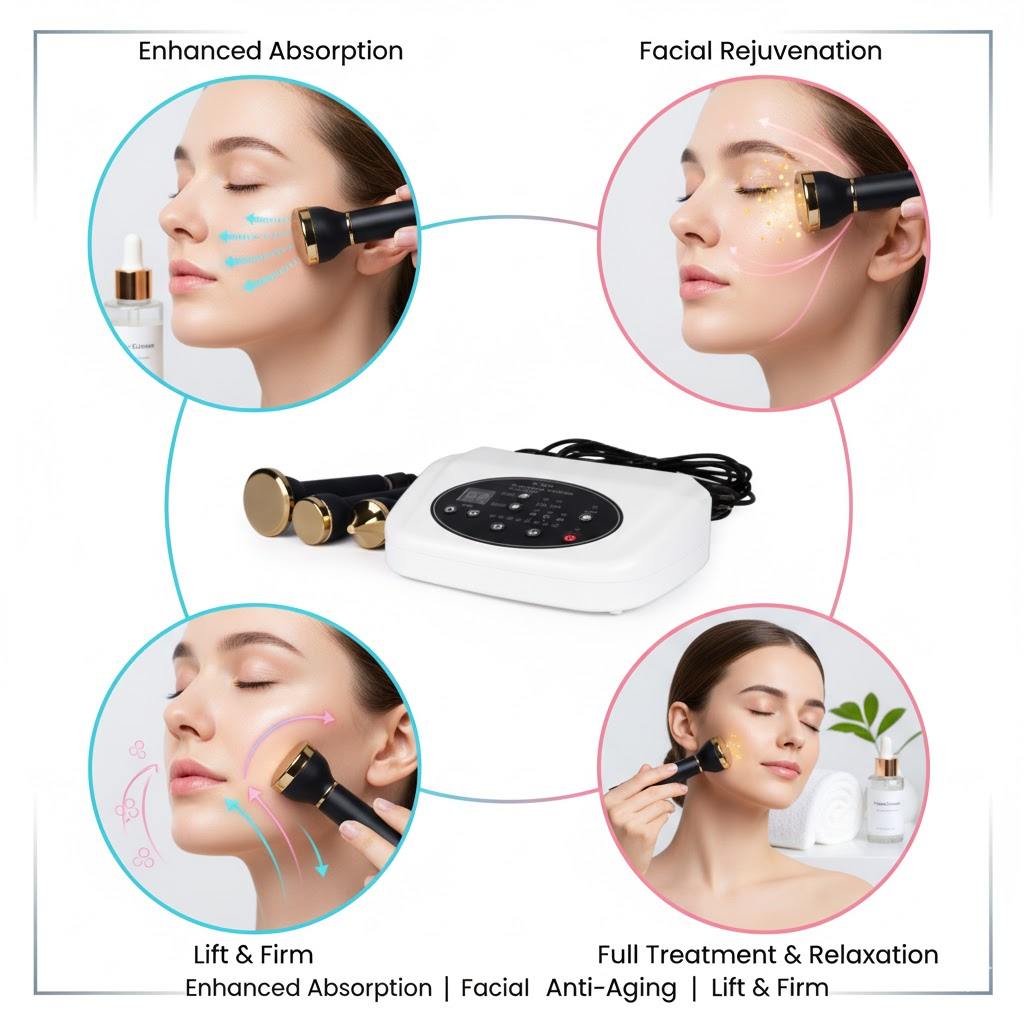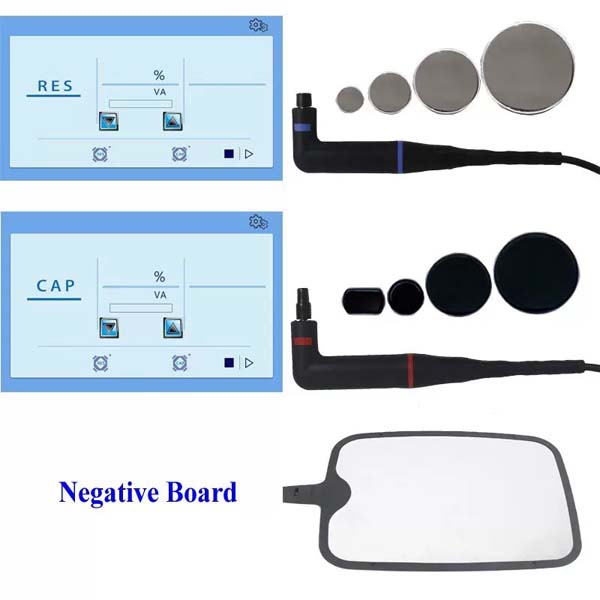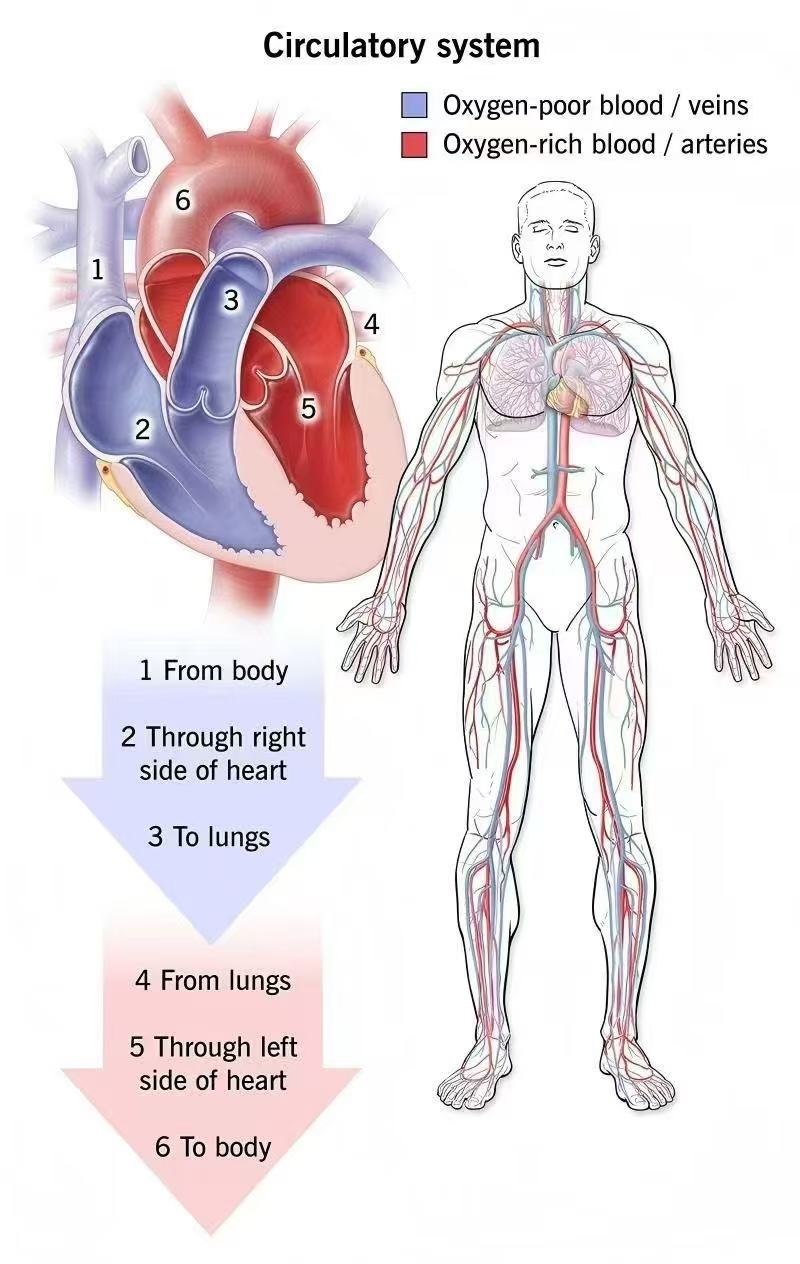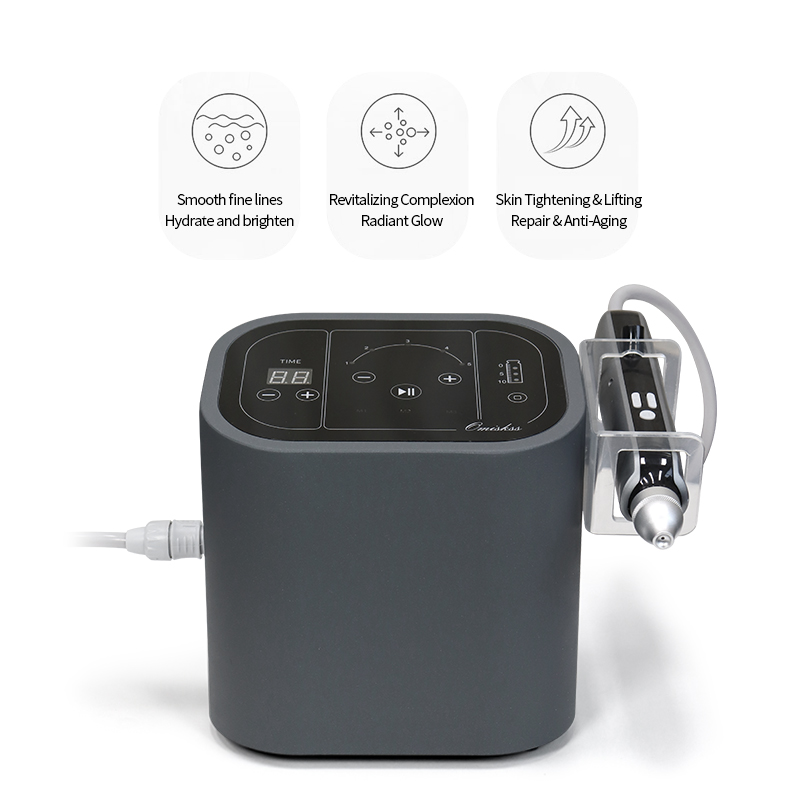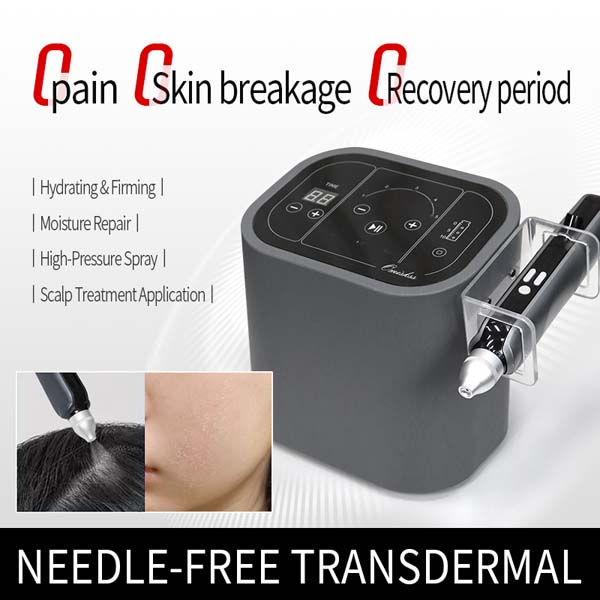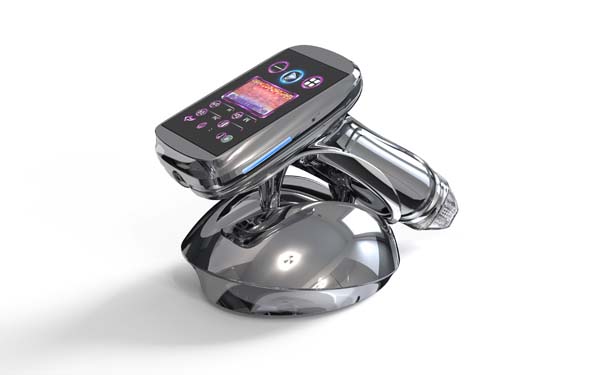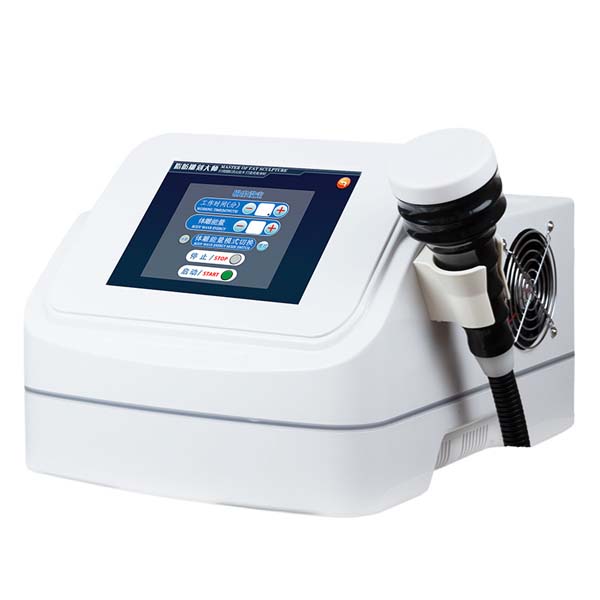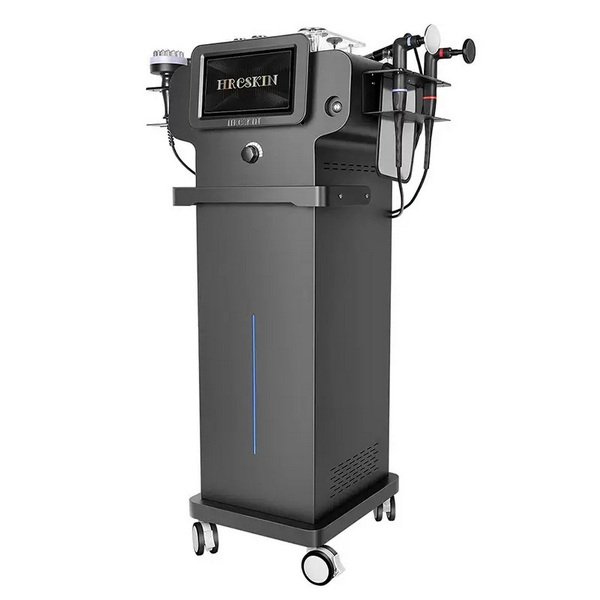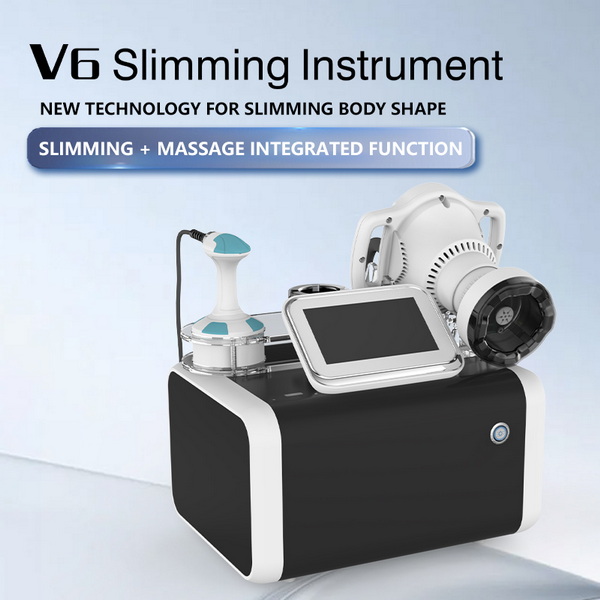The principle diagram of microneedle technology represents a groundbreaking approach to drug delivery and cosmetic treatment. It illustrates how an array of tiny needles, invisible to the naked eye, can bypass the stratum corneum—the outermost protective layer of the skin—to deliver therapeutic agents directly into the epidermis and dermis. Unlike traditional hypodermic injections, which are painful and require medical professionals, microneedles offer a minimally invasive, pain-free alternative that can be self-administered. Understanding the principle diagram of microneedle function is key to appreciating its potential in various fields, from pharmaceuticals to dermatology.
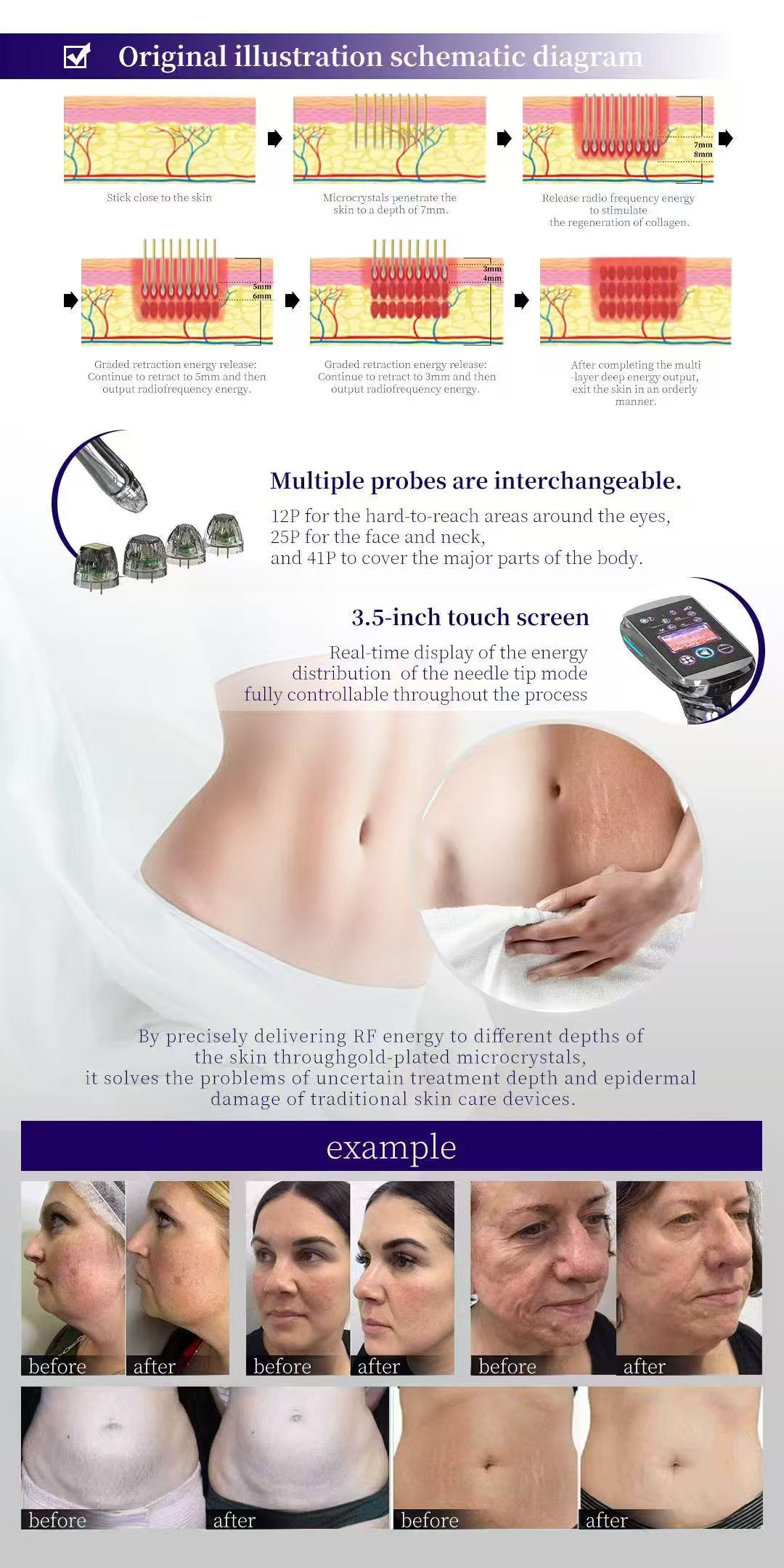
The core of the principle diagram of microneedle is its mechanical action. These needles, which are typically between 25 and 2000 micrometers in length, are designed to penetrate the upper layers of the skin without stimulating nerves in the deeper dermis. This is why the process is largely painless. The array of needles creates microscopic channels in the skin, which act as a direct pathway for drugs, vaccines, or cosmetic ingredients.
The Core Components of the Principle Diagram of Microneedle
A typical principle diagram of microneedle device shows several key components working in concert. These components are essential for its function and include the microneedle array, the drug reservoir, and the backing layer.
The Microneedle Array: The Heart of the Device
The microneedle array is the most critical element in the principle diagram of microneedle. It is the part that directly interacts with the skin. The needles themselves can be made from various materials, each with specific advantages for different applications.
Solid Microneedles
Solid microneedles create the micro-channels in the skin. The drug or cosmetic product is then applied topically after the channels are created, or in some advanced designs, the drug can be coated onto the needles themselves. This is a simple but effective approach, often used in cosmetic procedures like microneedling rollers (dermarollers) to enhance the absorption of serums and creams. The principle diagram of microneedle using this method highlights the two-step process: penetration followed by absorption.
Coated Microneedles
In the principle diagram of microneedle with a coated design, the drug is coated onto the surface of the solid needles. When the needles penetrate the skin, the coating dissolves or diffuses into the tissue, delivering the payload. This method is highly efficient because it combines the channel creation and drug delivery into a single step.
Dissolvable Microneedles
This is one of the most innovative designs in the principle diagram of microneedle. Here, the needles are made from a polymer matrix loaded with the therapeutic agent. Upon insertion into the skin, the needles slowly dissolve, releasing the drug over time. This offers a sustained release profile, which is particularly useful for delivering vaccines or hormones. The principle diagram of microneedle for this type shows the needles themselves as the drug carrier, which is then absorbed by the body.
Hollow Microneedles
Hollow microneedles function much like a miniature hypodermic needle. The principle diagram of microneedle for this design shows a reservoir attached to the needles. When the needles pierce the skin, the drug is pumped through the hollow core of the needles into the tissue. This allows for controlled, precise delivery of liquid formulations.
The Mechanism and Applications Depicted in a Principle Diagram of Microneedle
The principle diagram of microneedle technology can be applied to a wide range of medical and cosmetic applications, each leveraging the same core mechanism of transdermal delivery. 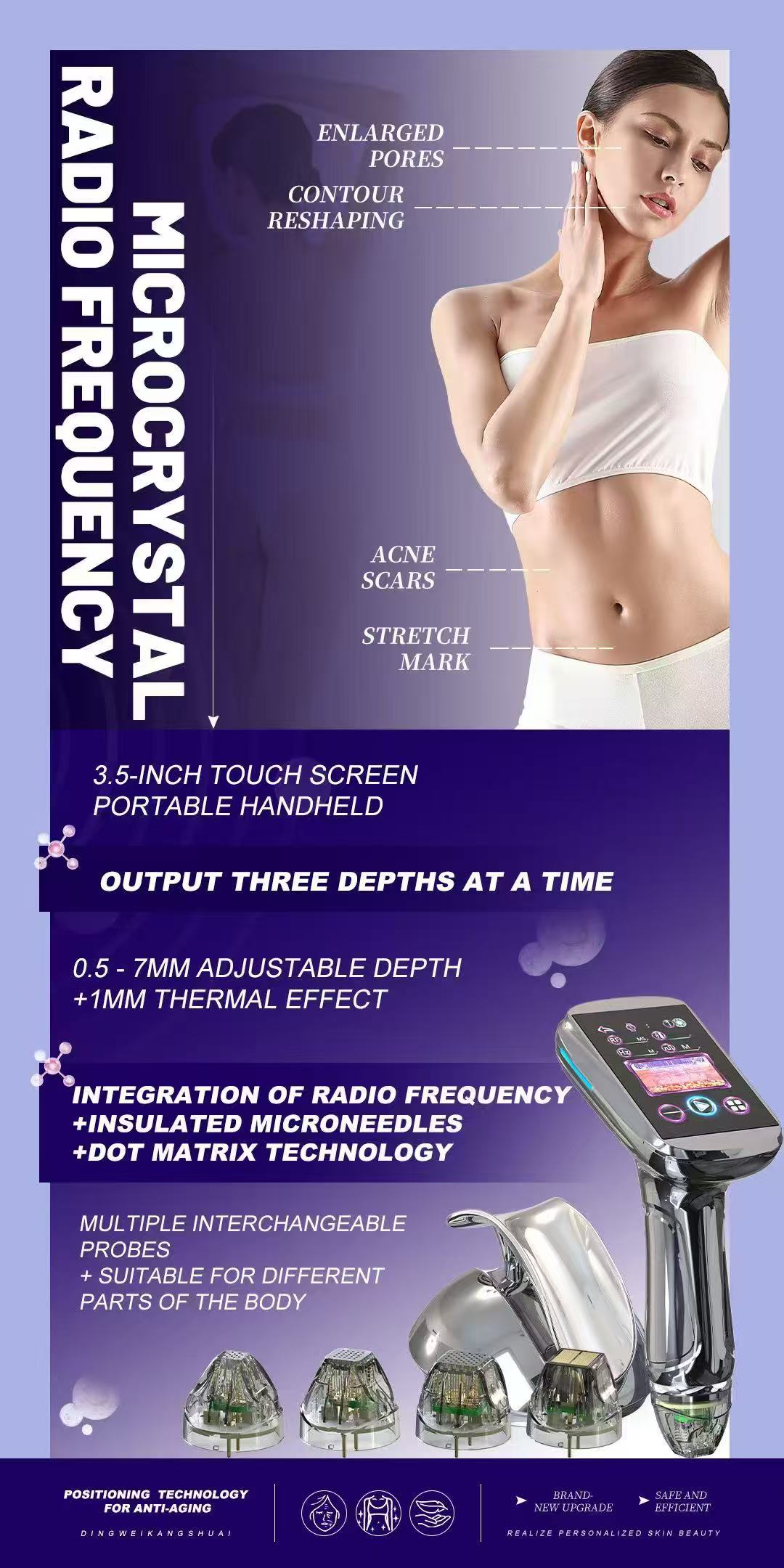
Drug and Vaccine Delivery
The principle diagram of microneedle is frequently used to explain the delivery of drugs that would otherwise be difficult to administer, such as insulin for diabetes management or hormones. The diagram shows how the microneedles bypass the painful injection process, offering a patient-friendly alternative. Similarly, for vaccines, a principle diagram of microneedle illustrates how the vaccine can be delivered directly to the immune-rich cells in the epidermis, potentially leading to a more robust immune response with a smaller dose.
Cosmetic Applications
In the cosmetic industry, the principle diagram of microneedle showcases how these devices can be used to deliver anti-aging serums, hyaluronic acid, and other skin-nourishing ingredients. By creating micro-channels, microneedles enhance the absorption of these topical products, leading to improved skin hydration and reduced fine lines.
Diagnostic Tools
Beyond drug delivery, the principle diagram of microneedle can also represent a diagnostic tool. By sampling interstitial fluid through the skin, microneedles can be used to monitor glucose levels in diabetic patients or detect biomarkers for other health conditions.
Conclusion
the principle diagram of microneedle provides a clear visual and conceptual understanding of this transformative technology. It highlights how a simple yet elegant design can overcome significant challenges in drug delivery, offering a pain-free, efficient, and patient-centric approach. From its basic components to its diverse applications, the principle diagram of microneedle shows that this technology is poised to revolutionize medicine and cosmetics by making therapeutic and cosmetic treatments more accessible and effective for everyone.

